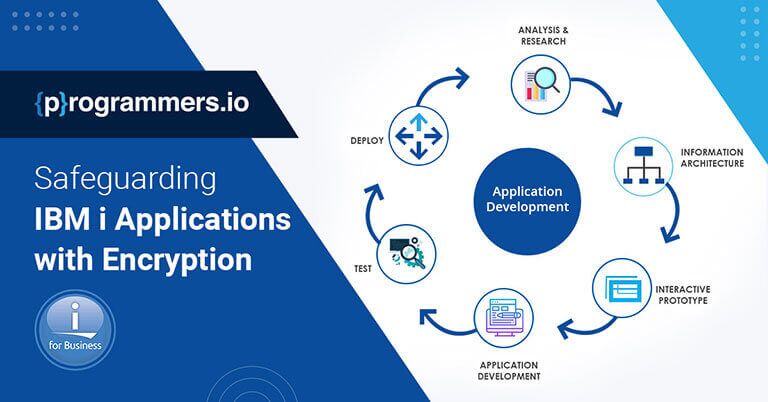IBM-i Data Encryption: Securing Your Information
In today’s digital age, data security is more important than ever. With the prevalence of cyber threats and hacks, it’s crucial for businesses to take proactive measures to protect their sensitive information. One way to do this is through IBM-i data encryption.
IBM-i data encryption is a powerful tool that can help safeguard your data from unauthorized access. By encrypting your data, you can ensure that even if it falls into the wrong hands, it will be unreadable and unusable. This added layer of security can give you peace of mind knowing that your sensitive information is protected.
How Does IBM-i Data Encryption Work?
IBM-i data encryption works by converting your data into a coded format that can only be accessed with the right encryption key. This key acts as a digital lock, ensuring that only authorized users with the correct key can decrypt and access the data.
There are different encryption algorithms that can be used to encrypt data, each offering varying levels of security. Some common encryption algorithms include AES (Advanced Encryption Standard) and RSA (Rivest-Shamir-Adleman). These algorithms use complex mathematical equations to scramble the data, making it virtually impossible to decipher without the encryption key.
The Benefits of IBM-i Data Encryption
There are many benefits to implementing IBM-i data encryption within your organization. Some of the key advantages include:
- Enhanced Security: Data encryption adds an extra layer of security, preventing unauthorized access to your sensitive information.
- Compliance: Many industries have strict regulations regarding data security. By encrypting your data, you can ensure that you are compliant with industry standards and regulations.
- Peace of Mind: Knowing that your data is protected can give you peace of mind, allowing you to focus on other aspects of your business.
How to Implement IBM-i Data Encryption
Implementing IBM-i data encryption is a relatively straightforward process. Most encryption software comes with user-friendly interfaces that make it easy to encrypt and decrypt your data. Additionally, many encryption tools offer customizable settings that allow you to tailor the encryption process to meet your specific security needs.
When implementing IBM-i data encryption, it’s important to consider factors such as the type of data you are encrypting, the encryption algorithm you are using, and how you will manage and store encryption keys. By carefully planning and implementing data encryption best practices, you can ensure that your data remains secure and protected.
Conclusion
IBM-i data encryption is a powerful tool that can help protect your sensitive information from cyber threats and hacks. By encrypting your data, you can add an extra layer of security and peace of mind to your organization. If you haven’t already, consider implementing IBM-i data encryption within your organization to safeguard your data and stay ahead of potential security risks.
